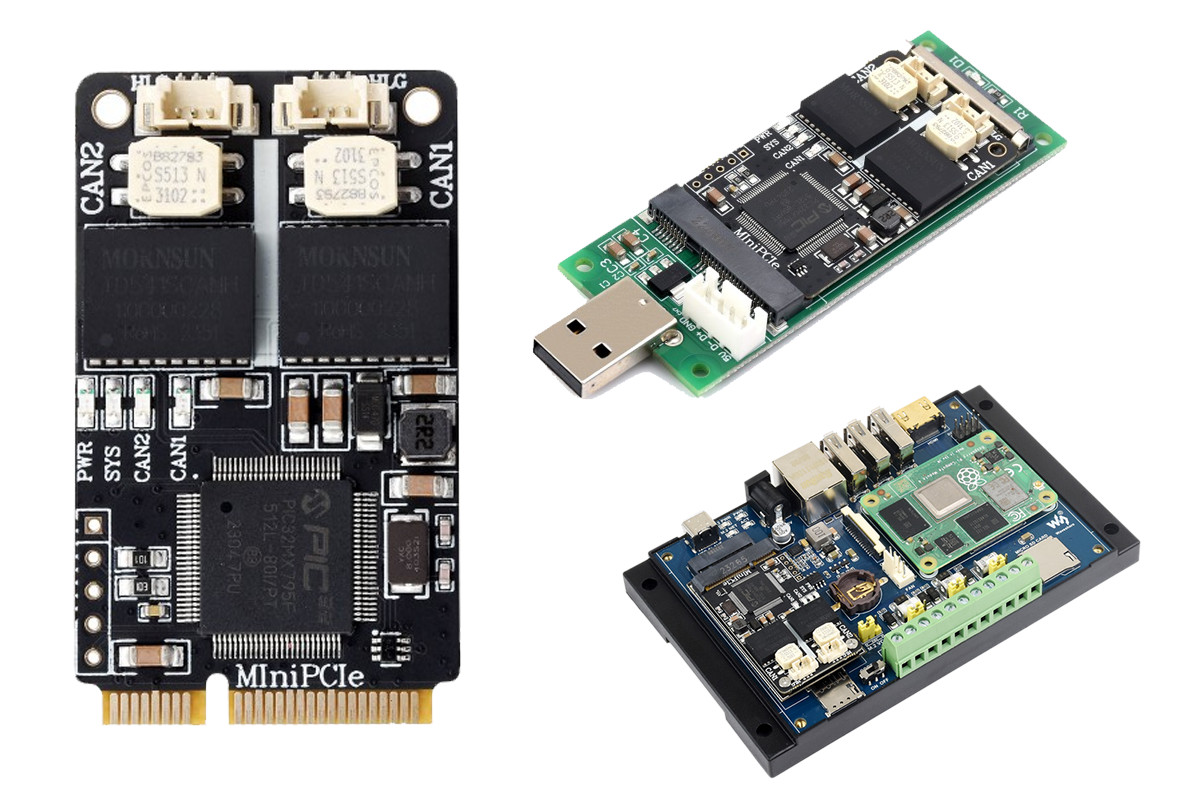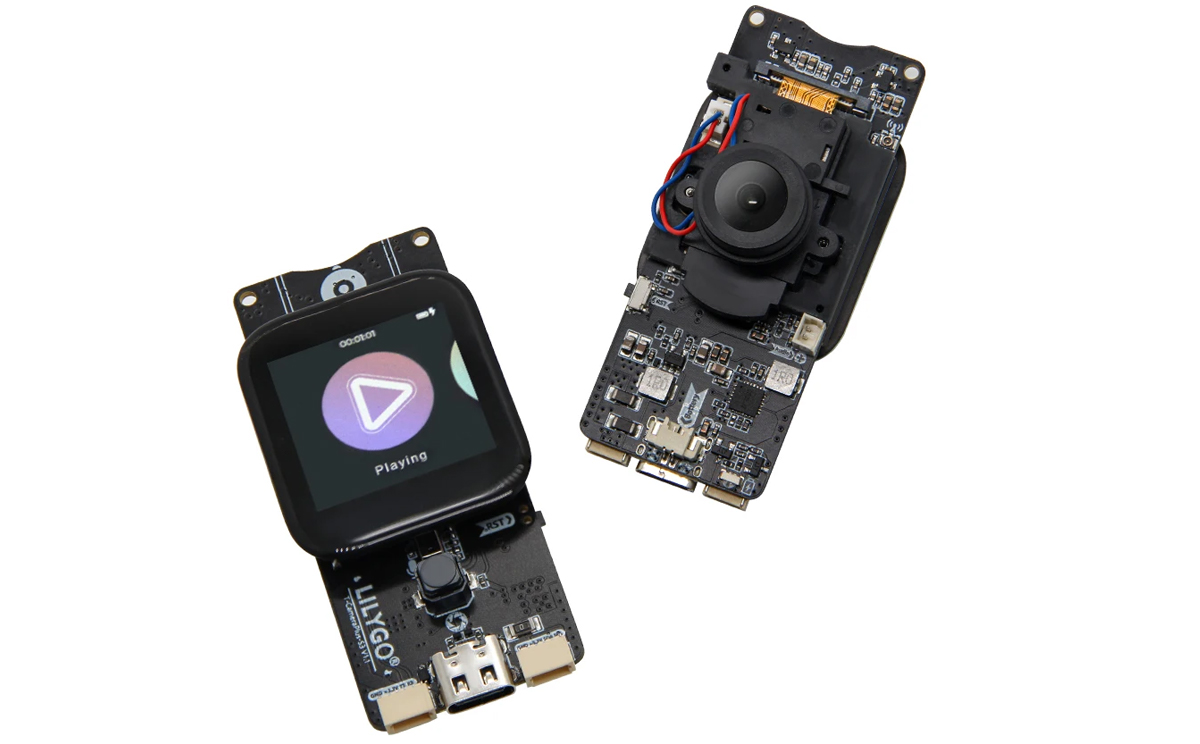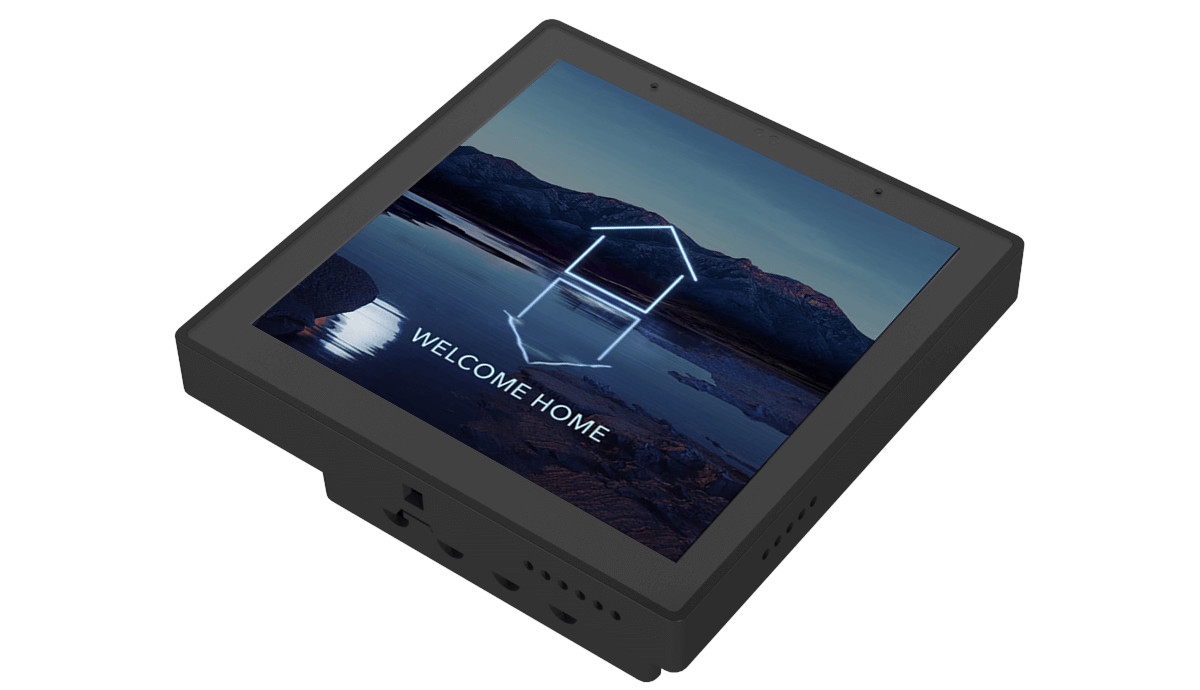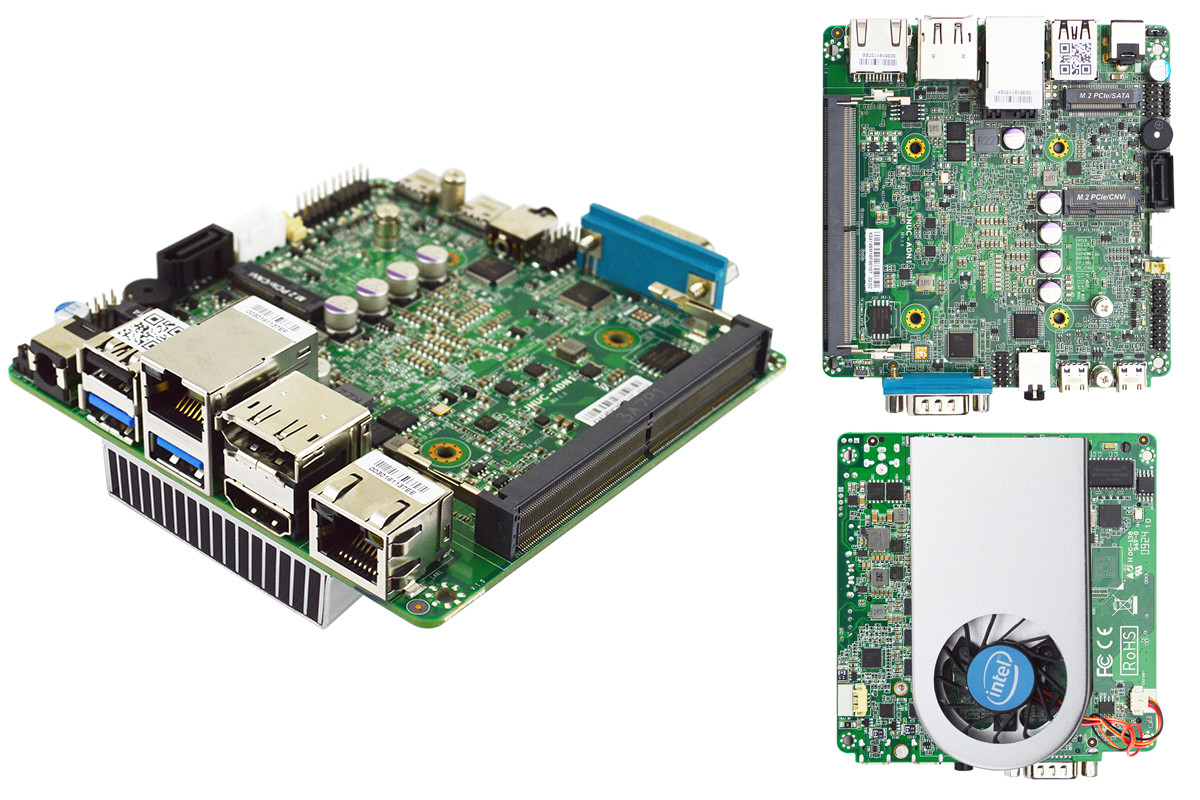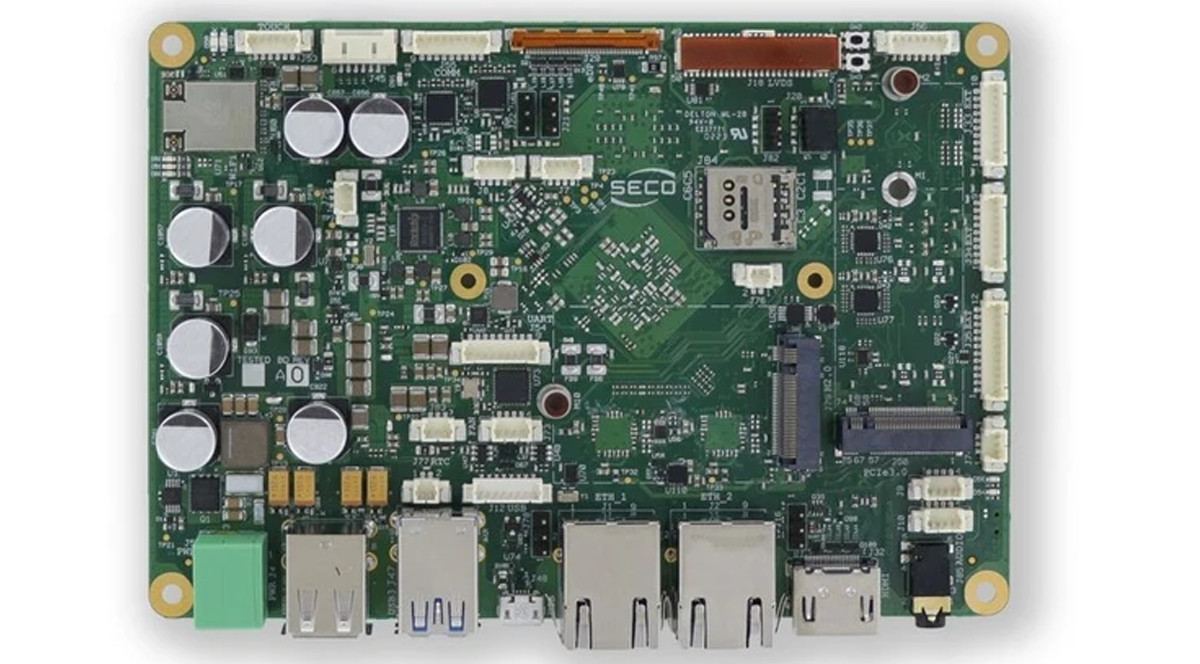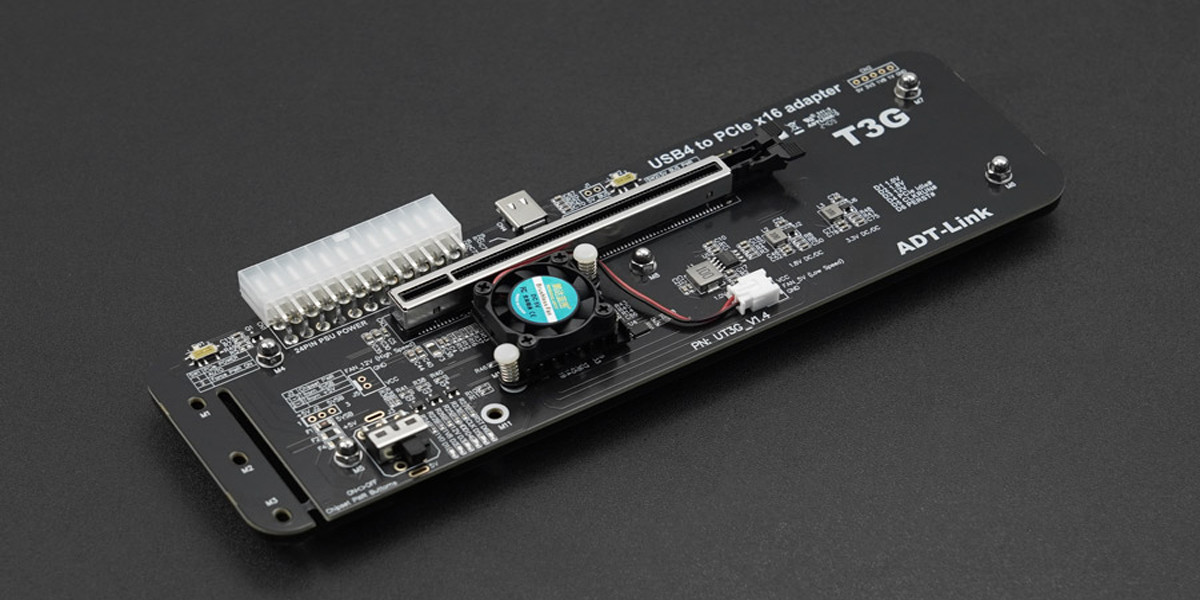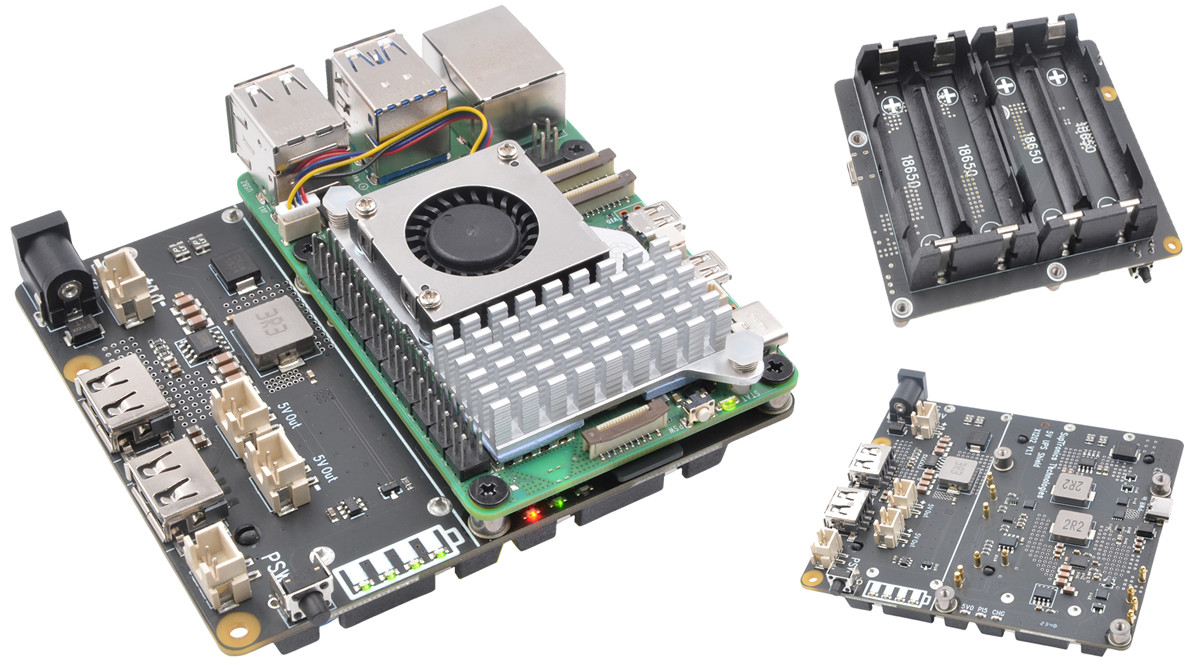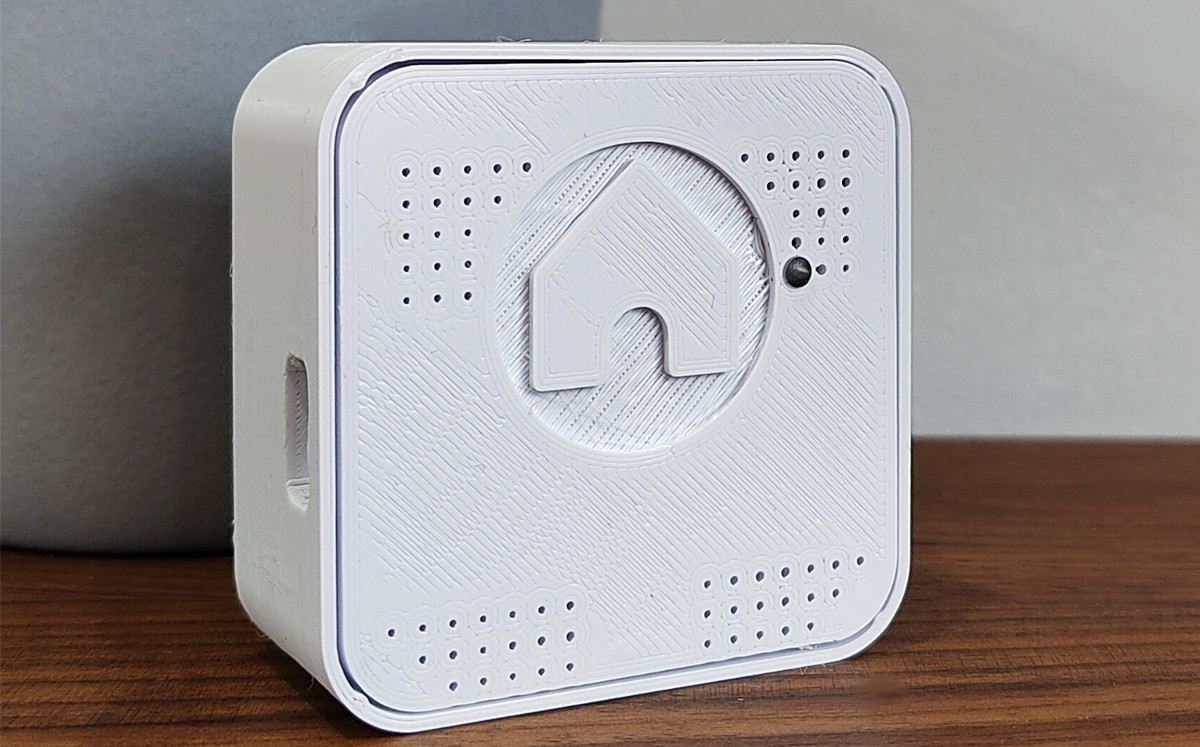Waveshare 2-CH CAN MiniPCIe is a compact, CAN bus card featuring dual independent CAN channels with a wide baud rate range (10Kbps to 1Mbps). Unlike the esd electronics CAN-PCIeMiniHS/402, this Waveshare card is isolated, supports CAN2.0A/B protocols, and offers easy integration with laptops, industrial computers, and SBCs like Raspberry Pi via Mini PCIe or USB through an adapter. Additionally, the card supports Windows and Linux operating systems, making it ideal for applications like industrial automation and automotive diagnostics and development. Previously we have covered many unique Waveshare products including the Waveshare 1.69-inch IPS touch LCD, ESP32-C6-Pico and ESP32-C6-Pico-M development boards, the Waveshare UGV Rover, and many others feel free to check those out if you are interested in different Waveshare products. Waveshare 2-CH CAN MiniPCIe CAN bus card specifications CAN Bus CAN channel – Dual-channel: CAN1 and CAN2 (independent and isolated) Connector – CAN bus screw terminal (standard 1.25mm pitch) […]
LILYGO T-Camera-Plus-S3 – An ESP32-S3 powered dev board with night vision camera and touchscreen display
The LILYGO T-Camera-Plus-S3 is an ESP32-S3 development board designed for building smart home devices, monitoring systems, and other connected projects. The board features a 1.3-inch TFT LCD and the option to choose from OV2640 or OV5640 camera modules. The T-Camera-Plus-S3 can be considered an upgrade from the T-Camera S3, which was introduced in 2022. The upgraded features include a 1.3″ SPI TFT LCD (240×240), a microphone with MAX98357A codec and external speaker support, support for a micro SD card, a battery connector, and many other features. Previously we have written many different types of ESP32-S3-based boards like the Waveshare ESP32-S3-Matrix, ESP32-S3-Tiny board, and Unexpected Maker NANOS3 feel free to check those out if you are looking for unique ESP32 boards. LILYGO T-Camera-Plus-S3 specification ESP32-S3-WROOM-1 wireless module SoC – ESP32-S3R8 dual-core Tensilica LX7 microcontroller @ 240 MHz (Note: this SKU is not listed in the official ESP32-S3 datasheet) with 2.4 GHz 802.11n […]
Dusun DSGW-130 smart home controller fits into an 86-type junction box
The Dusun DSGW-130 smart home controller is a Rockchip PX30-powered, touch-enabled control panel designed to fit into an 86-type junction box. It runs on Android 11 and can connect to your home network using Wi-Fi and Zigbee, similar to the SONOFF NSPanel Pro. The only glaring difference I can see from the specifications is that the DSGW-130 has a few extra features like more storage, a wired network connection, RS485, and support for newer 5GHz Wi-Fi, which the SONOFF doesn’t have. We’ve also written about other similar controllers, like the SONOFF NSPanel, and reviewed the SONOFF NSPanel Pro with Zigbee and the CAM Slim WiFi camera. Check them out if you’re interested in similar products. Dusun DSGW-130 smart home controller specifications SoC – Rockchip PX30 quad-core Cortex-A35 processor with Arm Mali-G31 GPU System Memory – 1GB DDR3 Storage – 8GB eMMC 5.1 flash Display – 4-inch capacitive touchscreen color TFT display with […]
Jetway JNUC-ADN1 4″x4″ Intel N97 “NUC” SBC features two 2.5GbE ports for industrial automation and edge computing
Jetway JNUC-ADN1 is an Intel N97-powered SBC in the Next Unit of Computing (NUC) form factor. The SBC can be equipped with up to 16GB DDR5 RAM via a single SO-DIMM socket, 64GB of eMMC storage, and dual M.2 sockets for additional storage and networking. The SBC comes with two 2.5GbE Ethernet ports and has an operating temperature range of -20°C ~ 60°C, making it suitable for Edge Computing, IoT, and industrial applications. Jetway offers four variants of their NUC-ADN1 SBC whereas the N97000 version does not include eMMC or TPM 2.0 security, the N97002 version features TPM 2.0 but doesn’t have eMMC, the N97004 version omits TPM 2.0 but offers 64GB of eMMC storage, and finally the N97008 version has both TPM 2.0 and 64GB of storage. Previously we have written about similar SBCs from Jetway like the JF35-ADN1 and the Jetway MI05-0XK, we also covered several N97-based industrial […]
SECO SBC-3.5-RK3568 – A Rockchip RK3568 3.5-inch SBC with dual gigabit Ethernet
SECO SBC-3.5-RK3568 is a feature-rich 3.5-inch SBC powered by a Rockchip RK3568 quad-core Cortex-A55 AI SoC which includes up to 4GB DDR4-3200 memory, 64GB eMMC 5.1 flash, three display interfaces (HDMI, LVDS, eDP), dual gigabit Ethernet, and various expansion headers for industrial applications. Additionally, it also features, Wi-Fi 802.11 a/b/g/n/ac, Bluetooth 5.0, and LTE support via M.2. USB connectivity includes two USB 3.0 Type-A, and multiple USB 2.0 ports with OTG, alongside RS-232, RS-422, RS-485, and TTL UART ports and more. Previously we have written about similar SBCs powered by the Rockchip RK3568 SoC like the AAEON RICO-3568, the RK3568 Tinker Board 3N, the Radxa ROCK 3B and many others feel free to check those out if you are interested in the topic. SECO SBC-3.5-RK3568 Specifications: SoC – Rockchip RK3568 CPU – Quad-core Cortex A55 processor at up to 2.0 GHz GPU – Mali G52 GPU with support for OpenGL ES 1.1/2.0/3.2, […]
ADT-Link UT3G USB4 to PCIe adapter can drive NVIDIA or AMD graphics cards
DFRobot has recently listed the ADT-Link UT3G USB4 to PCIe x16 eGPU adapter featuring a PCIe Gen 4.0 x4 slot with 40 Gbps of bandwidth on their website. The module not only supports USB4, but it’s also compatible with Thunderbolt 3 and Thunderbolt 4 standards, meaning it can work with SBCs and mini PCs like the LattePanda Mu, V600 Alder Lake Mini PC, GEEKOM A7, and many others. The converter is based on ASMedia ASM2464PD USB4 /Thunderbolt to PCIe accessory controller and features a 24-pin ATX connector for power and a USB-C (TB3/TB4/USB4) interface, as well as two switches and a jumper to set some additional things. ADT-Link UT3G USB to PCIe Adapter Specifications Chip – ASMedia ASM2464PD USB4 /Thunderbolt to PCIe Accessory controller Type-C interface specifications Compatible with USB4, Thunderbolt 3, Thunderbolt 4 Bandwidth – 40Gbps PCIe interface Card slot: PCIe x16 Speed bandwidth: PCIe 4.0 x4 Supported GPU […]
SupTronics Raspberry Pi 5 UPS HAT X1202 V1.1 takes four 18650 batteries delivering up to 25W
For the tinkerers and DIYers out there, keeping a Raspberry Pi project running reliably, day in and day out, especially when the power is out is crucial, and previously Raspberry Pi UPS solutions have been available for years with products like Pascal Herczog’s Red Reactor, PiJuice Zero, PiVoyager, or LiFePO4wered/Pi+ and many others. But the problem with all these old solutions is that they cannot handle the power requirements of the new Raspberry Pi 5, especially when the PCIe is active and other peripherals are attached to it. This is where the SupTronics Raspberry Pi 5 UPS HAT comes in. This new SupTronics X1202 V1.1 UPS Shield includes four 18650 batteries and can deliver 5V with a higher current output of up to 5A, or 25W of power. Additionally, it includes automatic power switching and battery level detection via I2C, an integrated fuel-gauge system, battery protection mechanisms, and fast charging support, making […]
Airlytix ES1 environment monitor runs ESPHome for Home Assistant integration
Airlytix ES1 environment monitor is an ESP32-based environment tracking device that runs ESPHome. The device tracks various environmental parameters like temperature, humidity, air quality (PM1.0, PM2.5, PM4, PM10, VOCs, NOx, CO2), barometric pressure, ambient light, and noise levels. To make things even more interesting, the device ships with a compact 3D printed case and can be integrated with Home Assistant for smart home automation. Previously we have written about similar environment monitor devices like the Sonoff SC WiFi, V-Air Monitro, and devices like Arduino MKR IoT Carrier Rev2, Radair mini gateway, and Nicla Sense ME designed for environment monitor applications. Airlytix ES1 environment monitor specifications MCU – Unnamed ESP32 module for Wi-Fi connection Particulate Matter Mass Concentration: 0-1000μg/m3 Mass Concentration Size: PM1.0, PM2.5, PM4, PM10 Mass Concentration Precision: +/-1.25μg/m3/year VOC & NOX VOC Index Precision: <+/-15% VOC Index m.v. NOX Index Precision: <+/-50% NOX Index m.v. CO2 Measurement Range: 400-5000ppm […]


